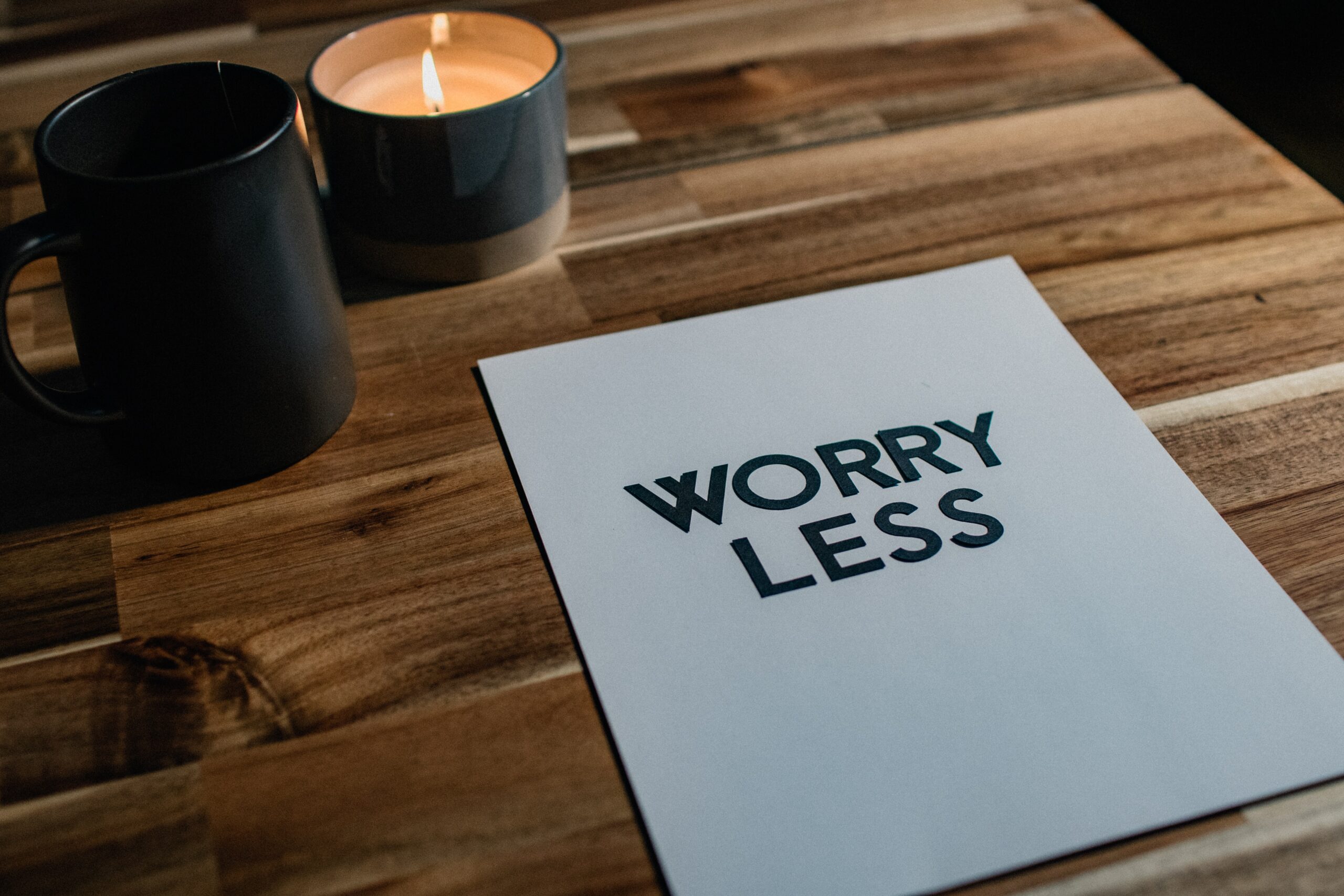Have you ever been caught off guard by a wave of anxiety so strong it takes your breath away?
That’s what a panic attack can feel like. One minute you’re fine, and the next, your heart’s racing, you’re struggling to breathe, and everything feels a bit unreal. Panic attacks are sneaky like that – they come without warning and hit hard. But don’t worry, it’s not just you; it happens to a lot of us.
Recognizing these symptoms and knowing how to respond is crucial in managing a panic attack effectively.
Mental health professionals often emphasize the importance of staying still during a panic attack. Professor Paul Salkovskis, Professor of Clinical Psychology and Applied Science at the University of Bath, states, “Try to keep doing things. If possible, it’s important to try to remain in the situation until the anxiety has subsided.”
Practical Tips:
- Finding Comfort: If you feel a panic attack coming on, try to sit down in a comfortable and safe place.
- Breathing Techniques: Focus on your breath. Practice deep, slow breathing to help reduce symptoms of panic.
- Visualization: Visualize a calm or happy place. This can help distract your mind from the panic and bring a sense of peace.
- Mindfulness: Acknowledge that you are experiencing a panic attack and remind yourself that it will pass and that you are safe.

Panic attacks, though overwhelming, are manageable with the right techniques.
Remembering to stay in place, focusing on your breathing, and practicing relaxation can be incredibly effective.
Next time you experience a panic attack, try these methods and note how your body and mind respond. Over time, you may find that you feel more in control during these challenging moments.





